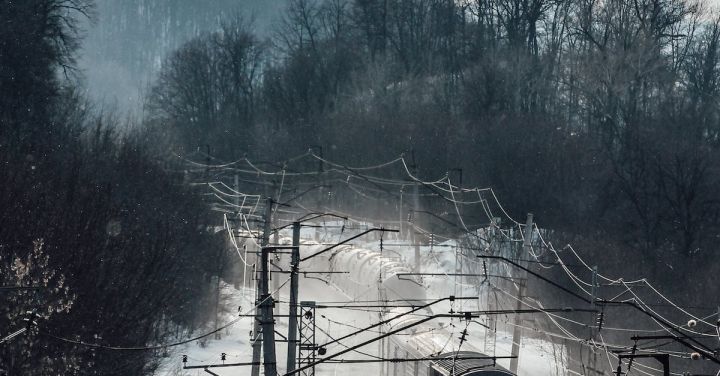In the world of transportation, trains have long been a symbol of efficiency and reliability. But as technology continues to advance, a new trend is emerging – the rise of automated trains. Gone are the days of the conductor shouting “All aboard!” and manually operating the controls. Instead, computer systems are taking over, guiding these massive machines along their tracks with precision and accuracy.
The transition from human-operated trains to automated ones may seem like a drastic shift, but it is a natural progression that brings with it a host of benefits. One of the most significant advantages is increased safety. Automated trains are equipped with sensors and cameras that can detect obstacles and adjust their speed accordingly. This eliminates the risk of human error, which is often a factor in train accidents. With the ability to react faster than a human operator, automated trains can prevent collisions and ensure the safety of both passengers and cargo.
In addition to safety, automated trains also offer improved efficiency. Computer systems can optimize routes, calculate the most energy-efficient speeds, and reduce idle time at stations. This not only saves time and money but also reduces carbon emissions, making automated trains a greener alternative to traditional locomotives. With the ability to communicate with other trains on the network, automated systems can also coordinate schedules and minimize delays, further enhancing efficiency.
But what about the role of the conductor? With automated trains, their responsibilities are changing. Instead of manually operating the controls, conductors are now becoming more like supervisors, monitoring the system and stepping in only when necessary. This shift allows them to focus on other important tasks, such as providing customer service and ensuring the comfort of passengers. In a sense, the conductor’s role is evolving from hands-on operation to a more customer-centric approach.
The rise of automated trains is not without its challenges, however. One of the main concerns is job displacement. As computer systems take over, the need for human operators decreases, potentially leading to job losses. To address this issue, some transportation authorities are retraining conductors to take on new roles within the industry. For example, they can be trained as technicians to maintain and repair the automated systems or as customer service representatives to enhance the passenger experience. By adapting to the changing landscape, conductors can remain valuable assets in the age of automation.
Despite the challenges, the rise of automated trains is an exciting development in the world of transportation. With improved safety, increased efficiency, and evolving roles for conductors, automated trains are revolutionizing the way we travel. As technology continues to advance, we can expect to see even more innovations in the field, further enhancing the benefits of automated systems.
In conclusion, the rise of automated trains marks a significant shift in the transportation industry. With improved safety, increased efficiency, and evolving roles for conductors, these computer-guided machines are shaping the future of train travel. While challenges such as job displacement must be addressed, the benefits of automated trains far outweigh the drawbacks. As we embrace this new era of transportation, we can look forward to a safer, more efficient, and more enjoyable train journey.
